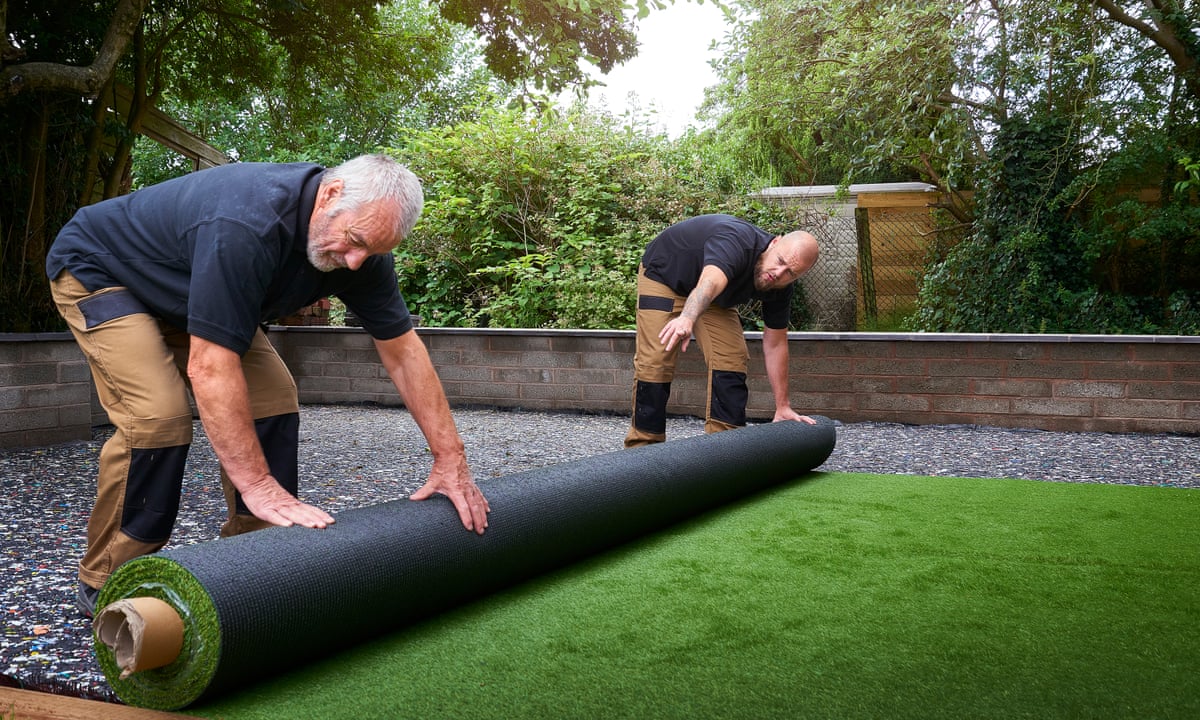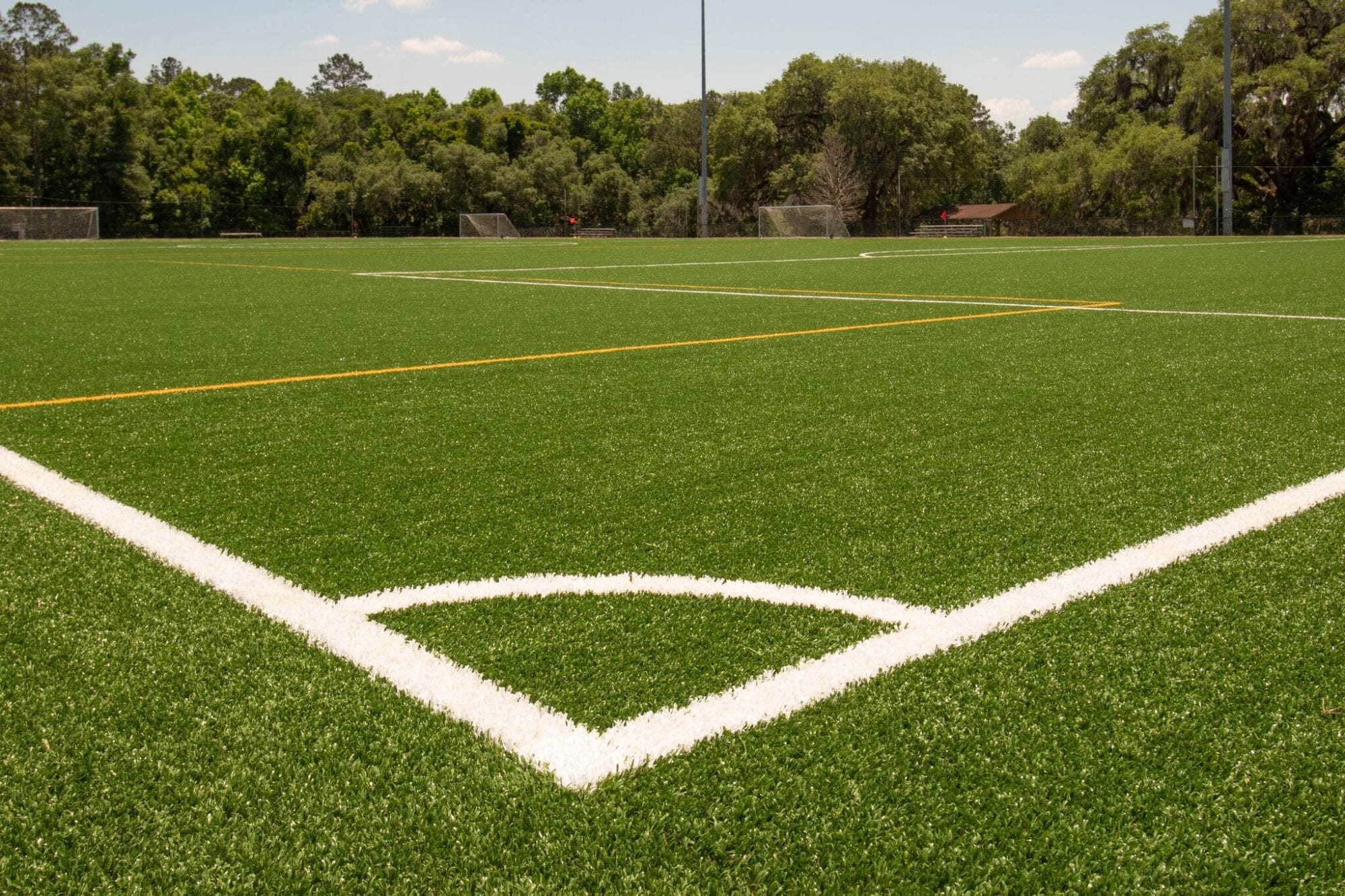Luxury Arizona Turf Installation Services for Homes and Commercial Properties
Luxury Arizona Turf Installation Services for Homes and Commercial Properties
Blog Article
See Why Homeowners Prefer Artificial Grass for Lasting Landscape Design Practices
As property owners increasingly prioritize sustainability in landscape design, synthetic grass has actually emerged as an engaging alternative to traditional grass. Its capacity to save water, minimize upkeep efforts, and lessen environmental influence settings it as a useful choice for those looking for environmentally friendly options. Furthermore, the aesthetic appeal and versatility of fabricated lawn deal with varied layout choices. Nevertheless, the implications of this change expand past simple convenience and aesthetics, triggering a better evaluation of exactly how these selections influence wider ecological results. What remains to be checked out is the complete extent of advantages that man-made lawn can offer to home owners and the setting alike.
Water Conservation Conveniences
One of the most considerable benefits of synthetic grass is its function in water conservation. Traditional turf yards require considerable quantities of water to keep their lush appearance, often leading to overuse of local water resources, especially in deserts. In contrast, synthetic lawn eliminates this demand entirely, as it does not need watering. This not just conserves water yet also reduces the stress on local water supply, especially throughout drought conditions.
Furthermore, the installment of man-made turf can add to a much more lasting landscape. Property owners can substantially lower their water costs, enabling reallocation of resources to other ecological initiatives or family uses. Furthermore, fabricated lawn is made to hold up against numerous weather problems without the requirement for extra watering, making it an optimal option for regions dealing with water shortage.
The environmental advantages extend beyond instant water savings. By decreasing water consumption, synthetic grass assists to alleviate the effects of environment modification, preserving essential ecosystems that are intimidated by excessive water removal. As sustainable landscaping practices acquire grip, man-made turf arises as an accountable selection for property owners looking for to create eco-friendly exterior areas.
Decreased Upkeep Efforts
Artificial lawn significantly minimizes upkeep efforts compared to typical lawn yards. With synthetic yard, house owners can remove the time-consuming tasks related to natural landscaping, such as mowing, feeding, and weeding. This not just conserves valuable time but likewise decreases physical labor, making lawn treatment easily accessible for people of every ages.
Typical yards call for regular cutting to keep a cosmetically pleasing height, whereas fabricated lawn stays continually rich without the requirement for reducing. Furthermore, homeowners no longer require to apply pesticides or fertilizers, which are often needed to keep natural turf healthy and balanced.
In addition, synthetic grass is resilient and resilient, calling for very little upkeep beyond periodic brushing and washing to get rid of debris. This convenience of maintenance allows homeowners to appreciate their exterior spaces without the consistent concern of maintenance, providing even more time for leisure and family activities. Inevitably, the minimized upkeep initiatives connected with synthetic grass make it an appealing option for those seeking a low-maintenance, visually appealing landscape.

Ecological Impact Decrease
There is an expanding recognition of the environmental advantages associated with synthetic grass, especially in regards to water conservation and minimized chemical use. Conventional grass require significant amounts of water, specifically in drought-prone areas, leading to increased stress on local water resources. On the other hand, synthetic turf eliminates the demand for irrigation, significantly lowering water consumption and promoting sustainability.
Furthermore, traditional grass upkeep usually entails the application of plant foods, pesticides, and herbicides, which can add to dirt and water pollution. Man-made lawn mitigates this ecological threat by requiring marginal upkeep and basically eliminating the requirement for harmful chemicals. This not just improves soil health however also shields neighborhood ecosystems from hazardous overflow.
Moreover, the production of all-natural yard yards commonly entails using fossil gas for cutting and landscape design equipment, further contributing to greenhouse gas discharges. By choosing synthetic grass, home owners can considerably lower their carbon impact connected with grass care activities.
Aesthetic Appeal and Adaptability
Along with its environmental benefits, artificial grass offers significant aesthetic appeal and flexibility for landscape design. Homeowners can accomplish a lavish, eco-friendly appearance year-round, removing the seasonal changes generally linked with natural lawn. This regular aesthetic not only improves the aesthetic appeal of a building however additionally adds to a well-kept and refined look.
Moreover, synthetic grass is offered in a selection of shades, appearances, and styles, enabling personalization to match specific preferences and layout styles - Arizona artificial turf. Whether utilized in residential gardens, commercial rooms, or entertainment areas, it can seamlessly integrate into diverse landscape design designs, from modern-day minimal to rich exotic settings
The versatility of synthetic grass prolongs beyond continue reading this plain appearance; it can be set up in different areas, including rooftops, patio areas, and also interior areas, developing opportunities for unique landscaping services. Furthermore, it is suitable for a variety of tasks, from kids's play locations to more info here pet-friendly environments, supplying capability without endangering style.
Eventually, the visual appeal and versatility of artificial grass make it an attractive alternative for homeowners seeking lasting landscape design remedies that do not give up beauty for ecological obligation.

Long-Term Cost Savings
One of the most engaging advantages of fabricated lawn is its capacity for long-lasting price savings. Unlike natural lawn, which needs regular maintenance-- consisting of mowing, watering, fertilizing, and pest control-- synthetic grass considerably minimizes these recurring expenses. Property owners can conserve a substantial quantity on water costs, particularly in areas where water shortage is a pushing issue. The elimination of lawn treatment services further adds to monetary savings, as there is no demand for specific tools or labor.
In addition, man-made turf has a lifespan of 15 to 25 years, depending on its high quality and use. This sturdiness minimizes replacement prices, making it an extra cost-effective option in the future. Additionally, the first financial investment in synthetic grass can commonly be recovered with the savings accumulated in time.
While the in advance expense might seem higher contrasted to sod installation, the cumulative cost savings from minimized maintenance and water usage commonly surpass these preliminary expenditures. Eventually, the adoption of synthetic turf not just promotes a sustainable landscape design solution yet additionally provides home owners a financially wise choice that lines up with long-term budgeting objectives.
Final Thought
Man-made lawn arises as an engaging alternative for lasting landscape design, supplying substantial benefits in water conservation, minimized upkeep initiatives, and lessened ecological effect. As neighborhoods significantly prioritize eco pleasant techniques, the fostering of man-made grass represents a modern step toward achieving sustainable and resilient landscapes.
Furthermore, man-made turf is developed to withstand various climatic conditions without the demand for supplementary watering, making it an optimal selection for regions dealing with water scarcity. (Arizona turf)

Man-made turf arises as a compelling choice for sustainable landscaping, offering substantial advantages in water conservation, reduced maintenance efforts, and lessened ecological influence.
Report this page